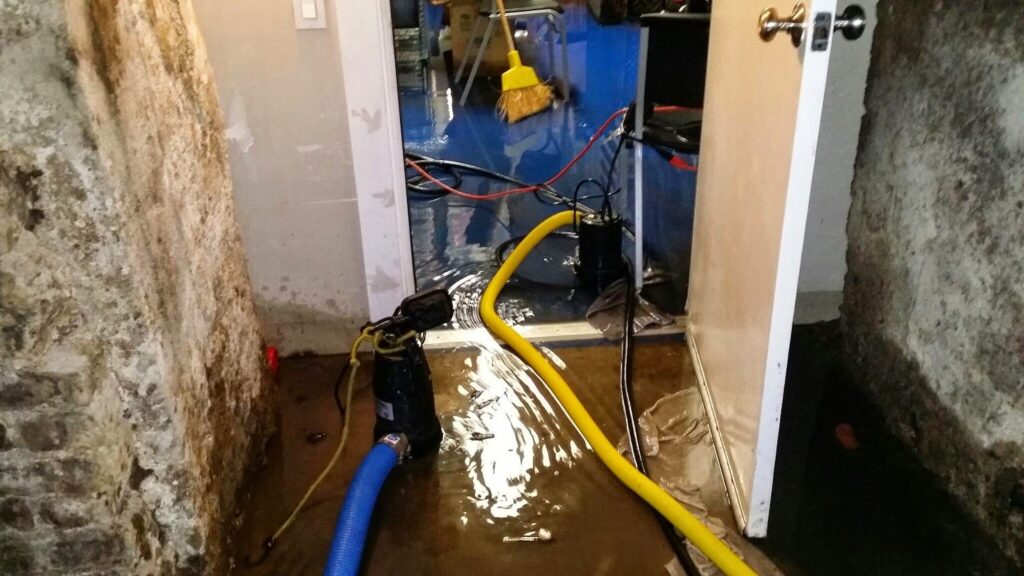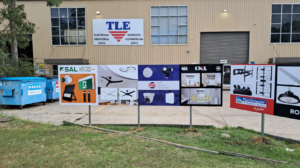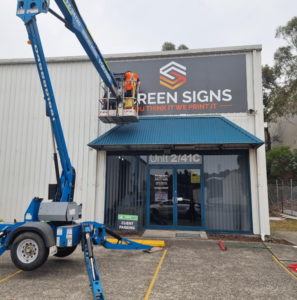Water Damage Prevention and Recovery for Property Owners in Gresham OR
Water damage poses a serious risk due to the region’s high precipitation and fluctuating temperatures. Immediate mitigation and structured recovery protocols are essential to preserve property integrity and avoid long-term issues like structural decay or mold. Effective prevention includes targeted inspection, routine maintenance, and fast-acting response systems. Water damage restoration contractor in Gresham, OR must be prepared to act quickly and understand recovery procedures before disaster strikes.
This guide outlines actionable prevention strategies and recovery frameworks built from direct industry experience. Backed by data and expert application, the information provided reflects real-world mitigation and restoration cases in Gresham and similar Pacific Northwest environments.
How Water Damage Happens in Gresham
The Gresham region receives an average of 43 inches of rain annually, with water table levels peaking between November and March. Freeze-thaw cycles and urban runoff compound the risk, often leading to basement flooding, pipe bursts, or roofing leaks.

Common Sources of Water Damage
- Broken or frozen pipes
- Faulty appliances (e.g., washing machines, water heaters)
- Storm roof damage
- Sewer backups
- Crawlspace seepage
Regional Risk Factors
- Saturated soil and poor drainage planning
- Aging infrastructure in older Gresham neighborhoods
- Above-average mold propagation due to damp winters
Bonus Tip: Schedule pre-winter inspections for roofing and plumbing systems. Most leaks and failures occur during temperature shifts or heavy rainfall.
Preventive Measures for Property Owners
Water damage restoration services reduce long-term costs and limit structural deterioration. Implementation should be tailored to the property’s age, location, and drainage profile.
Water Damage Prevention Options
| Strategy | Description | Estimated Cost | Recommended For |
| Sump Pump Installation | Redirects groundwater away from foundation | $1,200 – $2,500 | Homes with basements or crawlspaces |
| Gutter & Downspout Maintenance | Prevents overflow and wall saturation | $150 – $500 | All residential properties |
| French Drain Systems | Relieves water pressure from soil around the foundation | $2,000 – $5,000 | Sloped lots, poor soil drainage |
| Pipe Insulation | Reduces freezing risk during winter | $100 – $300 | All residential and commercial sites |
| Roof Flashing & Sealant Checks | Prevents attic and ceiling leaks | $300 – $700 | Properties over 10 years old |
Bonus Tip: Install a water leak detection sensor system with automatic shut-off valves for remote alerting and rapid intervention.
Recovery After Water Damage
Timely, systematic recovery is crucial to avoid secondary damage such as mold, electrical issues, and weakened structural elements. Water category, extent, and exposure time dictate the remediation pathway.
Technical Specifications of Water Damage Categories
| Water Damage Category | Source Type | Health Risk Level | Required Response Time | Key Considerations |
| Category 1 | Clean (e.g., broken pipe) | Low | Within 24–48 hours | Drying and minor structural repair |
| Category 2 | Gray (e.g., appliance) | Moderate | Within 24 hours | Disinfection and material removal |
| Category 3 | Black (e.g., sewage) | High | Immediate | Full PPE, complete material removal |
Things to Consider Before Making a Decision
- Type of Structure: Materials like hardwood and drywall absorb water faster than concrete or tile.
- Insurance Coverage: Not all policies include flood or sewage backup protection. Review inclusions annually.
- Response Time: Delays over 48 hours drastically increase mold risk and restoration cost.
- Contractor Credentials: Verify IICRC certification and request a detailed scope of work.
- Seasonal Impact: Winter prep and summer humidity demand different approaches.
Integrated Market Data
- According to FEMA, over 20% of flood claims come from properties outside of high-risk zones. (Source: fema.gov)
- The average water damage claim payout in Oregon exceeded $10,234 as of 2024. (Source: Insurance Information Institute)
- Mold can begin growing in as little as 24–48 hours after water exposure. (Source: CDC)

Available Mitigation and Recovery Services
Professional Services Provided by Prestige NW Restoration
- Water Mitigation: Immediate containment and extraction to prevent further absorption.
- Fire Mitigation: Smoke, soot, and water cleanup following fire suppression efforts.
- Mold Mitigation: Identification, containment, and safe removal of mold colonies.
- Sewage Mitigation: High-risk decontamination with biohazard-level response.
- Restoration: Structural drying, material replacement, and repair to pre-loss condition.
- Remodel: Rebuilding or upgrading damaged areas post-restoration.
- Water Damage Restoration Service: Comprehensive assessment, cleanup, and rebuilding following minor or major incidents.
Common Questions Before Taking Action
What should I do immediately after discovering water damage?
Turn off the water source, disconnect electrical supply if safe, and contact a certified mitigation provider.
How do I know if I need professional help?
If water has been present for more than 12 hours or affected structural components, professional assessment is needed.
Is all water damage covered by insurance?
No. Coverage depends on the policy. Most exclude external flooding unless specific endorsements exist.
How fast does mold form after water exposure?
Mold growth can begin within 24 hours. Prompt drying is critical to prevent contamination.
FAQ Section
How long does full water damage restoration take?
Most residential jobs complete within 3–7 days depending on the extent and material saturation levels.
Can hardwood flooring be saved after water damage?
Yes, if drying begins within 24 hours. Prolonged exposure typically requires replacement.
What’s the difference between mitigation and restoration?
Mitigation focuses on stopping further damage, while restoration handles repair and rebuilding.
Are DIY methods reliable for water damage?
Only for small, clean water incidents. Larger or contaminated events require professional equipment and training.
Should I replace insulation after water exposure?
Yes, especially fiberglass and cellulose. These materials lose R-value and promote mold growth when wet.
Ready to Achieve Confidence in Water Damage Prevention?
Take action today using the strategies detailed above. Apply these insights now: Schedule your water damage assessment with Prestige NW Restoration. Ensure your property is protected before the next seasonal storm.
Contact: Prestige NW Restoration
Phone: (360) 334-3624
Email: dispatch@prestige-nw.com
Reviewer:
Matthew Moore brings over 15 years of experience in residential renovation marketing. The review provided helped shape this content to better connect with homeowners seeking reliable, high-quality restoration and home improvement services.













